When it comes to managing your business’s finances, tax planning often takes center stage only during tax season. But this reactive approach can leave opportunities untapped and risks unaddressed. Year-round tax planning isn’t just about avoiding last-minute stress—it’s about taking control of your financial future! Here’s why proactive tax planning should be part of your business’s ongoing strategy.
1. Safeguard Your Finances
Tax regulations are constantly evolving, and failing to stay ahead can lead to penalties or missed opportunities. Year-round tax planning ensures your business remains compliant while avoiding costly mistakes. Regularly reviewing your financials and tax obligations empowers you to make informed decisions that protect your bottom line.
Maintain Accurate Records
Keeping accurate and detailed financial records throughout the year is the cornerstone of safeguarding your finances. This includes tracking income, expenses, receipts, invoices, and bank statements. Implementing robust accounting software like QuickBooks or Xero can simplify this process, providing real-time insights and minimizing the risk of errors.
Monitor Key Financial Metrics
Year-round tax planning also involves closely monitoring financial metrics like profit margins, cash flow, and outstanding liabilities. Regularly reviewing these figures enables you to identify red flags early, such as cash flow shortages or unexpected spikes in expenses. Addressing these issues promptly can prevent them from escalating into larger problems.
Conduct Regular Compliance Checks
Tax laws can vary significantly by location and industry. Stay ahead by conducting periodic compliance audits. Engage with tax professionals who can review your business operations to ensure alignment with the latest regulations. Proactive compliance reduces the likelihood of audits and costly penalties.
2. Reduce Tax Liabilities
One of the biggest advantages of year-round tax planning is minimizing your tax burden—legally and effectively. Strategies like deferring income, accelerating expenses, or leveraging tax credits work best when implemented proactively.
Identify and Maximize Deductions
From office supplies to vehicle expenses, there are countless deductions that businesses can claim. However, many deductions are time-sensitive or industry-specific. Maintaining a detailed record of expenses ensures that you’re prepared to claim all eligible deductions. For example, if your business invests in energy-efficient equipment, you might qualify for green energy tax credits.
Take Advantage of Retirement Plans
Establishing retirement plans like a 401(k) or SEP IRA is a powerful strategy for reducing taxable income. Contributions to these plans are tax-deductible and provide long-term benefits for both you and your employees. Discuss options with a financial advisor to determine the best fit for your business.
Leverage Depreciation Rules
Depreciation allows you to deduct the cost of business assets over their useful life. Familiarize yourself with the Modified Accelerated Cost Recovery System (MACRS) to optimize these deductions. Additionally, Section 179 allows you to deduct the full purchase price of qualifying equipment in the year it’s purchased.
3. Create Opportunities for Growth
Proactive tax planning isn’t just about saving money. It’s about reinvesting those savings into your business to fuel growth. The funds saved through smart tax strategies can be used for hiring, expanding, or upgrading technology.
Plan for Future Investments
Year-round planning enables you to allocate resources for strategic investments. For example, you might use tax savings to invest in cutting-edge technology, enhancing your competitive edge. Additionally, planning ensures you have the cash flow to seize unexpected opportunities, such as acquiring a competitor or launching a new product line.
Utilize Tax-Advantaged Accounts
Health Savings Accounts (HSAs) and Flexible Spending Accounts (FSAs) offer tax benefits while supporting employee well-being. These accounts allow pre-tax contributions, reducing taxable income and providing funds for healthcare expenses. Offering these benefits can also improve employee retention and satisfaction.
Forecast and Manage Cash Flow
Cash flow forecasting is an essential part of year-round tax planning. Use accounting software to project income and expenses, helping you identify periods where cash might be tight. By proactively managing cash flow, you can avoid financial strain and position your business for steady growth.
4. Stay Ahead of Tax Law Changes
Tax laws change frequently, and staying on top of them can feel like a full-time job. But when you’re engaged in continuous tax planning, you can adapt your strategies as soon as new regulations come into play. Whether it’s new deductions, updated thresholds, or shifts in tax rates, being proactive ensures you’re always prepared.
Monitor Legislative Updates
Stay informed about changes in tax legislation by subscribing to updates from the IRS or working with a tax professional who tracks these developments for you. This ensures you’re never caught off guard by new requirements or opportunities.
Adjust Strategies Promptly
When tax laws change, it’s critical to adjust your strategies immediately. For example, if new tax credits become available for renewable energy investments, your business can capitalize on these incentives by planning ahead.
Consult with Experts
Collaborate with CPAs and tax attorneys who specialize in your industry. Their expertise can help you navigate complex regulations and implement strategies tailored to your unique circumstances.
How to Get Started with Year-Round Tax Planning
Getting started is easier than you might think. Here are a few actionable steps:
- Work with a Tax Professional: Partner with a CPA who understands your industry and goals. Their expertise can uncover opportunities you didn’t even know existed.
- Set Quarterly Reviews: Regular financial check-ins help identify trends and address issues before they become problems. Use these reviews to assess performance against your goals.
- Leverage Technology: Use accounting software to track expenses, categorize deductions, and stay organized all year long. Platforms like QuickBooks, Xero, and Gusto are excellent for managing finances and payroll.
Additionally, set up reminders to review your tax strategy at key points during the year. These regular touchpoints keep you proactive and prepared.
Final Thoughts
Year-round tax planning isn’t just a good idea—it’s a game-changer. By taking a proactive approach, you’re safeguarding your finances, minimizing liabilities, and unlocking growth opportunities. Whether you’re running a startup or managing a well-established business, proactive planning lays the foundation for long-term success.
For more tips on staying compliant and optimizing your finances, check out our Tax Planning Strategies article!


